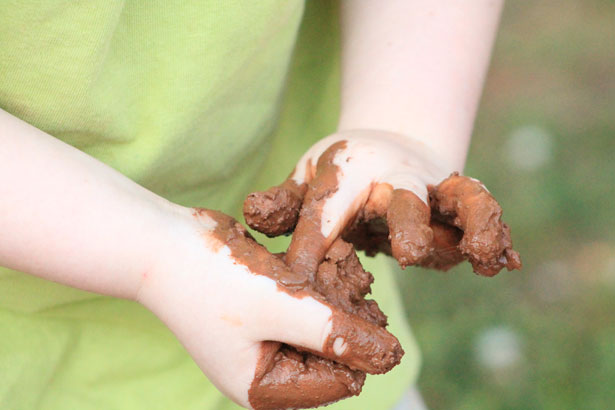
Biodiversity
Behavior
STEM
Ed Hessler
Between 1995 and 2004, Sylvia Branzei (author) and Jack Keeley (illustrator) introduced middle school kids (and others) to the science of grossology.
These books about scabs, smells, oozes, poo, pee, body odor, snot--the slimy, the stinky and the crusty were widely popular. My copy of the first in the series came with a gross plastic glob (vomit?) on the front cover and a hand-lens in a plastic sleeve on the back cover and a note: "Grossology is perfect for kids ages 9-13."
Not all the topics discussed in the Branzei-Keeley series are topics many of us are comfortable in talking about, sometimes even with a physician we know well but they are things we all have personal experience with. And some are directly related to our health but all of them fall into the general knowledge on how we "work" as organisms. The more we know about this, the better.
The grossology books surfaced again when I read an article about the physics of poo. This is not the first time I've thought about those books. A couple of years ago I attended a biology seminar on research on Fecal Microbiota Transplant (FMT) therapy for Clostridium difficile (or C. diff or C. difficle) infections. It is a promising therapy but not yet approved by the Food and Drug Administration. Out poo goes and in the case of this therapy a sample is put into a capsule which we swallow. And good things happen!
C. diff infections may be the most common cause of healthcare associated infections in the U. S. Antibiotics which are used in many routine treatments can serve as a trigger. All of us carry those bacteria. The symptoms of an infection range from chronic diarrhea, a diarrhea which can be seriously debilitating to a life threatening inflammation of the gut.
Most of us are not likely to have thought about why it takes a person and an elephant about the same time to poop. Now we know. This and much more was learned in a study by a group of researchers at Georgia Tech.
The study team consisted of two fluid dynamicists, a colorectal surgeon at the University of Alabama, and two undergraduate students "who filmed defecation and hand-picked feces from 34 mammalian species at Zoo Atlanta in order to measure their density and viscosity" who joined forces to study defecation.
The Geogia Tech fluid dynamicists are David Hu, who was awarded the 2015 Ig Nobel prize for his study on the hydrodynamics of animal urination, and Patricia Yang, a Ph.D. graduate student in mechanical engineering.
Perhaps the prompt for this study is the experience of being a working father and also a keen observer. Hu writes that "When parenthood hits, it hits hard." Survival requires "learning a new set of skills, one of which was fecal analysis. Years of diaper changes and then potty training turned me from a poo-analysis novice to a wizened connoisseur. My life passes by in a series of images: hard feces pellets like peas to long feces like a smooth snake to a puddle of brown water."
I particularly liked Hu's wonderful comment about what it means to him to be able to practice science. "Having a laboratory to answer questions about the everyday world is one of the distinct pleasures of being a scientist." The Hu laboratory may be seen here. A lively laboratory and group of scientists.
Among the findings is that the duration of defecation is around 12s +/- 7s even though the amount of matter varies greatly. This range is surprising small, between 5 and 19s across many animal species. There is a relationship between the length of the plug of feces and the thickness of the mucus layer surrounding it. I was surprised, not ever having thought much about it, that the feces plug extends halfway up the colon from the rectum.
The popular article about this research is reported on in The Conversation which includes some film of two poo events, elephant and panda. An abstract of the published scientific report may be read in the journal Soft Matter (what a wonderful confluence of research and journal title!). Yang is the senior author and Hu is the last author.

 CGEE Student Voice
CGEE Student Voice
No comments:
Post a Comment